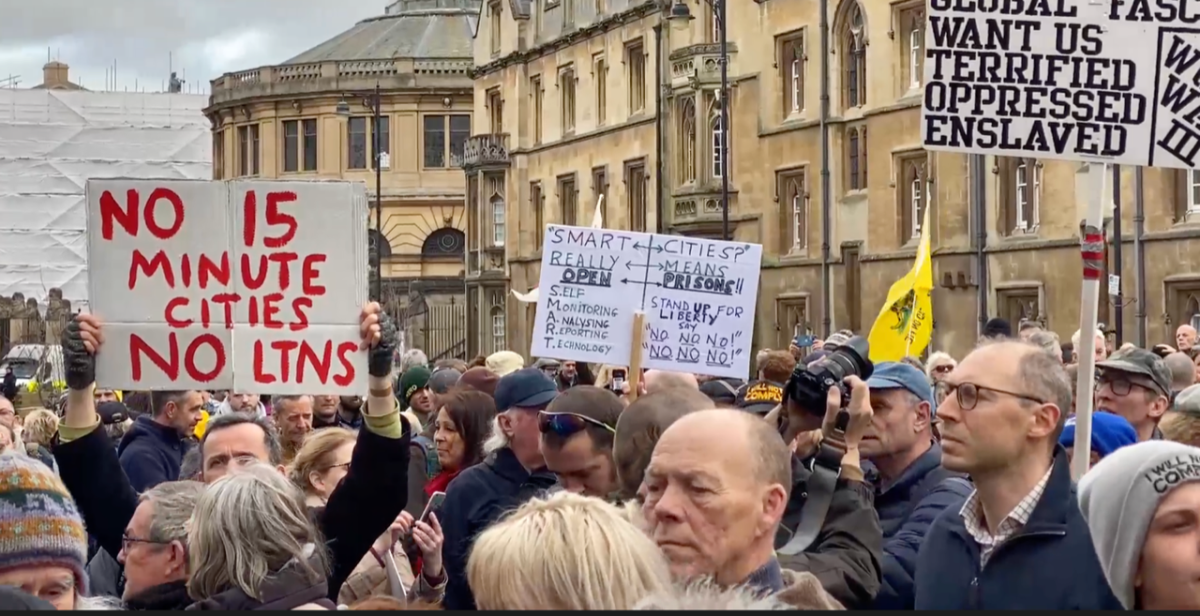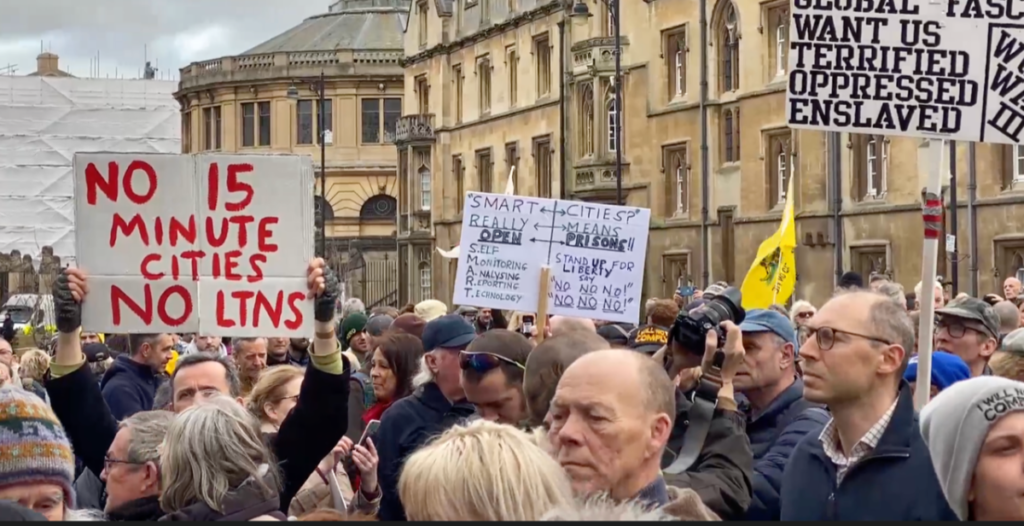Efforts to introduce the 15-minute city model, designed to enhance urban living by ensuring essential services are within a 15-minute walk for residents, have recently faced significant opposition. This resistance, marked by protests and social media campaigns, has raised questions about the model’s effectiveness and future. Two new studies led by researchers from the ATRAPA project now analyze the reasons behind this opposition and offer insights for urban planners and policymakers on how to manage these challenges.
The 15-minute city concept aims to create people-centered and environmentally friendly urban spaces where shops, schools, parks, and healthcare services are easily accessible without relying on cars. However, recent protests have criticized these initiatives, even alleging they are covert attempts at government control. Criticisms range from concerns about public participation and the risk of gentrification to conspiracy theories claiming these policies are part of a hidden agenda to impose climate lockdowns.
In this context, it is crucial for planners to understand the nature of these protests to identify which aspects are open to improvement and which elements of the 15-minute city concept have been co-opted by a global conspiracy movement linked to climate change denial and anti-vaccine sentiments from the COVID-19 era.
To achieve this, researchers have created a typology of criticisms of the 15-minute city model, analyzing their underlying motivations. In a publication in the Journal of the American Planning Association, they propose a model based on four groups. The first group includes conspiratorial critiques, accusing these policies of being part of a hidden agenda to restrict personal freedoms and impose climate lockdowns. The second group is based on distrust of centralized planning and includes long-term ideological resistance to government-led initiatives, viewing the 15-minute city model as an excessive imposition of government authority and traditionally anti-urban ideas. The third group focuses on concerns about car freedom, where the perception is that policies promoting alternative mobility are “anti-car” measures that limit personal freedom and mobility choices. Finally, the fourth group addresses the risks of social exclusion and gentrification, based on legitimate concerns about social inclusivity and distributive benefits, arguing that the 15-minute city model could contribute to segregation and gentrification, excluding essential workers and low-income residents.
In an article published in the journal Cities, researchers delve into the accumulated knowledge on public policy acceptance to recognize which aspects of opposition to the 15-minute policies are truly novel and which are simply reformulations of previously known elements. Past studies, for example, have shown that individual behaviors and habits play a crucial role in the acceptance of public policies, as well as political beliefs and trust in institutions, which are also fundamental. Conversely, initiatives perceived as highly politicized or identified with specific political ideologies can generate strong resistance. Transparency and inclusivity in the decision-making process are also important. When people feel that decisions are made without their participation, they are less likely to accept them.
The studies conclude that, although many criticisms of the 15-minute urban model could be anticipated due to their similarity to protests against previous urban planning models, such as the Tea Party movement in the United States or NIMBY movements in our region, the biased inclusion of some of these elements within the vortex of conspiracy theories has fueled the protests to unprecedented levels. This acceleration, polarization, and intensification of arguments against the 15-minute city have a drag effect on other criticisms of the model, which are based on more traditional arguments related to the personal impacts these policies can create, as well as procedural aspects of how these policies are implemented.
Overall, the studies highlight the importance of continuing to examine the foundations of opposition to certain urban policies by a segment of the population and understanding what drives this discontent and protest. Beyond learning to deal with the presence of conspiratorial ideas in urban planning, the results emphasize the importance of investing in participatory policies that involve the population in decision-making, as well as avoiding the use of urban precepts detached from the reality that citizens experience. Clear communication about the goals, benefits, and implementation of the 15-minute city model can help build trust and support. It is crucial to educate the public about the real objectives and benefits of these policies, which must be adaptable to local contexts and capable of evolving based on community feedback and changing circumstances. Emphasizing the health, safety, and quality of life benefits of the 15-minute city model can help demonstrate how these policies can improve daily life for all residents.
In conclusion, while the 15-minute city model holds great promise for improving urban life and addressing climate change, its success depends on how it is communicated and implemented. By addressing both legitimate concerns and misinformation, urban planners can foster more inclusive, sustainable, and supportive communities.
For further information:
- Marquet, O., Anguelovski, I., Nello-Deakin, S., & Honey-Rosés, J. (2024). Decoding the 15-Minute City Debate: Conspiracies, Backlash, and Dissent in Planning for Proximity. Journal of the American Planning Association, 92(1). https://doi.org/10.1080/01944363.2024.2346596
- Marquet, O., Mojica, L., Fernández-Núñez, M.-B., & Maciejewska, M. (2024). Pathways to 15-Minute City adoption: Can our understanding of climate policies’ acceptability explain the backlash towards x-minute city programs? Cities, 148, 104878. https://doi.org/10.1016/j.cities.2024.104878

